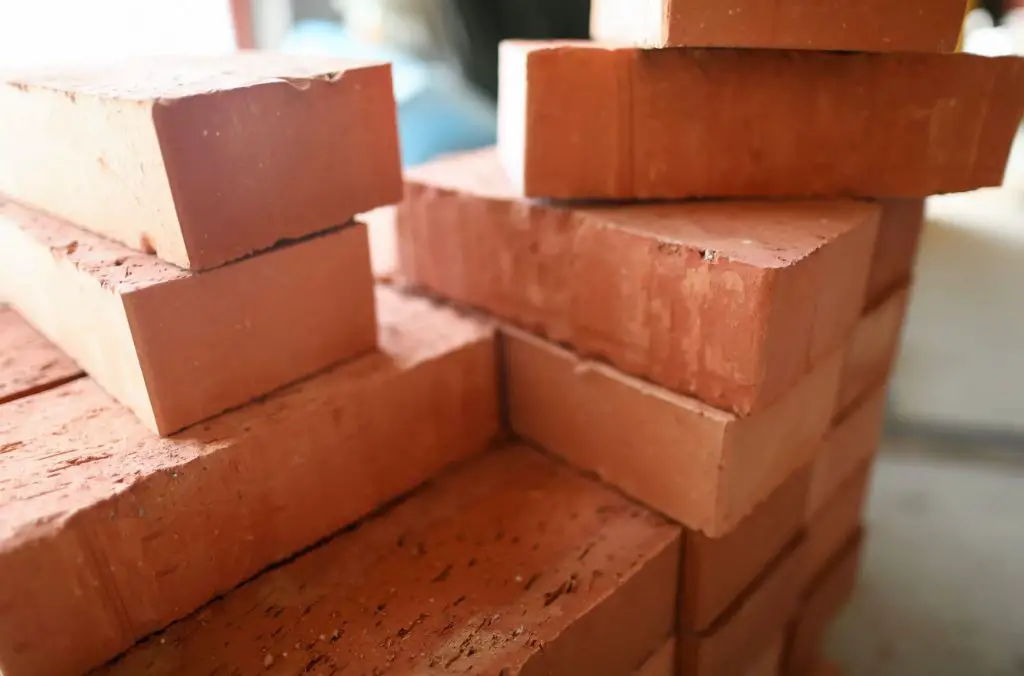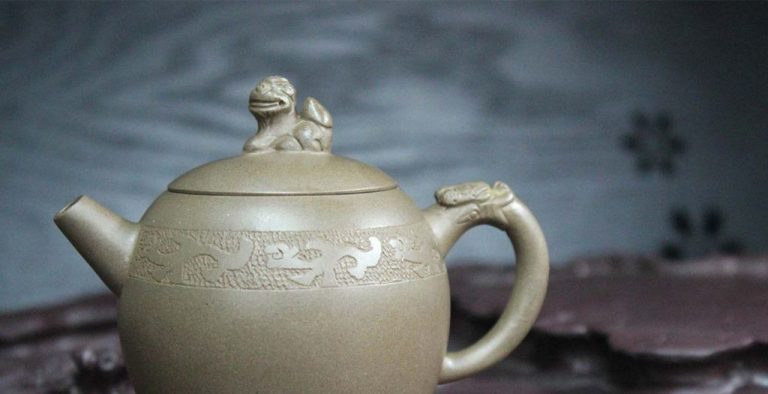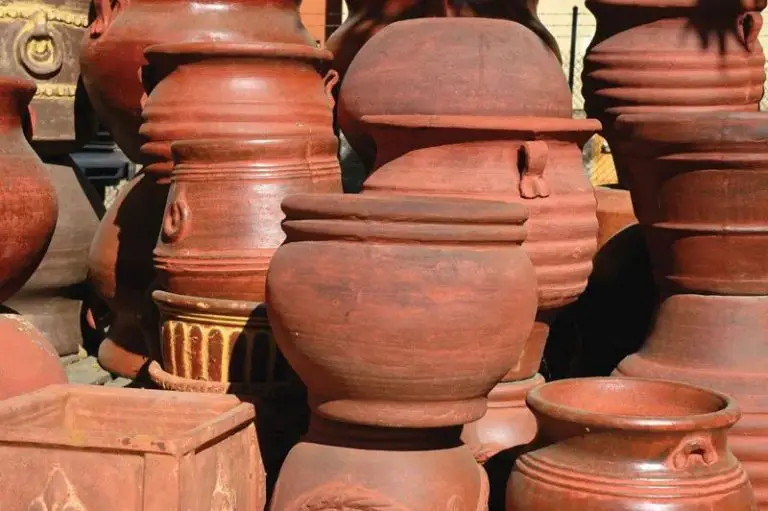What Is The Most Heat Resistant Brick?
Heat resistant bricks, also known as refractory bricks, are a type of brick designed to withstand extremely high temperatures. They have great importance and relevance in today’s industrial landscape. Understanding what makes a brick heat resistant and the different types available is key for applications where heat resistance is required.
Heat resistant bricks are made from refractory materials that can endure high heat without degrading or disintegrating. They have crucial uses in furnaces, kilns, fireplaces, and other high-temperature equipment. By withstanding intense heat, they enable industrial processes and applications to operate safely at extreme temperatures.
What Makes Bricks Heat Resistant
Bricks’ resistance to high temperatures comes primarily from their composition and firing process. Most heat-resistant bricks are made of clay which is rich in alumina and silica. Alumina has a very high melting point which allows it to withstand extremely high temperatures. Silica, while it has a lower melting point, helps control the effects of expansion and contraction due to temperature changes.
During manufacturing, heat-resistant bricks are fired at very high temperatures up to 3000°F. This sinters the clay particles together forming a dense interior with low porosity. The high heat also causes vitrification which fuses the silica into glassy bonds making the brick less porous and impervious to heat. The longer the bricks are fired and the higher the temperature, the more resistant to heat they become.
Some refractory bricks are coated with specialized refractory cements that can withstand over 3000°F. These protective toppings enhance their functionality and durability. Common coatings include alumina, silicon carbide and aluminum silicate. When properly applied, coatings increase heat resistance and reduce wear.
Refractory Bricks
Refractory bricks or fire bricks are a type of brick designed to withstand high temperatures. According to Civiltoday, they can be used as a construction material for areas that need to resist high heat, such as fireplaces, furnaces, and chimneys.
Refractory bricks are made from materials that retain their strength at high temperatures. Some common refractory materials include silica, alumina, magnesia, and calcium aluminate. The chemical composition varies based on the required application. For example, silica bricks have high silica content and can withstand temperatures up to 1650°C, while magnesia bricks made of magnesite can handle even higher temperatures.
Key properties that make refractory bricks ideal for high heat applications include:
- High refractoriness – Refractory bricks have a high melting point, so they don’t melt or disintegrate under intense heat.
- Load bearing strength – They retain adequate strength and structure even when exposed to pressure/weight at high temperatures.
- Thermal stability – They resist thermal shocks and cycling between high and low temperatures.
- Erosion resistance – They are resistant to slag, ash, and other erosive materials at high temperatures.

By selecting the optimal chemical composition, refractory bricks can be custom designed for specific high temperature applications like steel manufacturing and power generation.
Silica Bricks
Silica bricks, also known as silicon dioxide bricks, are made from at least 93% silica (SiO2). As per the China Refractory Brick & Castable Manufacturer, silica bricks have a true density of 2.35g/cm3 and features like low volume expansion and excellent thermal stability.
The high silica content gives silica bricks valuable properties like high refractoriness under load (RUL), which allows them to withstand very high temperatures. The RUL can reach up to 1770°C according to Sciencedirect. This is because of the strong tridymite bond formed between the silica grains.
Silica bricks also have low thermal conductivity, which provides good insulation. They resist corrosion from slag, acids, alkali, and other chemicals. Limitations include susceptibility to thermal shock and mechanical impact. Overall, the extremely high RUL makes silica bricks very useful for areas facing the hottest temperatures in furnaces and kilns.
Fire Bricks
Fire bricks, also known as refractory bricks, are made from alumina and silica materials that can withstand extremely high temperatures. High alumina bricks typically contain over 70% alumina content and have an alumina to silica ratio ranging from 1:1 to 10:1. The high alumina content gives these bricks excellent refractoriness, allowing them to withstand temperatures up to 3300°F (1815°C).
The strength and hardness of fire bricks comes from the high alumina content. Alumina has very strong ionic interatomic bonding giving fire bricks good resistance to mechanical stress and low creep at high temperatures. High alumina bricks are commonly used in high temperature applications like steel reheating furnaces, ladles, and soaking pits in heat treatment furnaces.
Other types of fire bricks include silica bricks and magnesite bricks. Silica bricks have lower refractoriness, typically around 3100°F (1700°C), but have excellent load bearing strength. Magnesite bricks contain over 85% magnesia and excel in basic slag resistance with reasonably good refractoriness up to 3000°F (1650°C).
Magnesite Bricks
Magnesite bricks are made primarily from magnesium, which gives them useful properties like high refractoriness, good alkali resistance, and resistance to spalling. According to Refractory Materials, magnesite bricks have a high refractoriness of up to 2000°C. The main crystal in these bricks is periclase, which makes up 80-90% of the brick’s composition. Periclase has a cubic crystal structure that contributes to the brick’s stability at high temperatures.
One key property of magnesite bricks is good spalling resistance. Spalling occurs when the exposed face of a refractory breaks away from the body at high temperatures. According to RS Refractory Fire Bricks, the periclase in magnesite resists shrinkage during heating, reducing cracks that lead to spalling. This makes magnesite bricks well-suited to applications with rapid heating and cooling cycles. The stability provided by the material’s crystal structure prevents the stresses that cause spalling.
Common Applications
Heat resistant bricks have many common applications where high temperature resistance is required, such as:
Steel Industry – Refractory bricks line steel making furnaces and ladles to withstand extreme heat during the steel production process. Different types of refractory bricks are used for specific parts of the furnace or ladle.
Industrial Furnaces and Kilns – Various manufacturing industries use industrial furnaces and kilns for processes like annealing, tempering, and calcining. The furnace lining is made of refractory bricks. The type of brick depends on the temperature range.
Fireplaces and Stoves – Firebricks and fireclay bricks are commonly used to line fireplaces and wood-burning stoves to protect the outer structure from high heat. These bricks can withstand repeated heating and cooling cycles.
Ovens – Pizza ovens, baking ovens, and other commercial ovens often have an interior lining made of firebricks that can handle baking temperatures. The outer structure is protected while providing efficient heat retention.
Boilers and Incinerators – Refractory bricks make up the high temperature containment areas in boilers and municipal solid waste incinerators. Different brick grades are selected based on corrosion and abrasion resistance.
Testing Heat Resistance
Heat resistance in bricks is commonly tested according to standards set by ASTM International. The main tests are:
ASTM C113 – Standard Test Method for Reheat Change of Refractory Brick measures the expansion of a brick sample when reheated after an initial firing and cooling cycle. The lower the expansion, the better the heat resistance. This helps assess resistance to thermal shock (NIST, 1953).
ASTM C196 – Standard Test Methods for Thermal Conductivity of Refractories measures thermal conductivity, or how well a material conducts heat. Lower conductivity indicates better insulation ability and heat resistance. Test methods include the hot wire method and heat flow meter method (AboutCivil, 2023).
ASTM C830 – Standard Test Methods for Apparent Porosity, Liquid Absorption, Apparent Specific Gravity, and Bulk Density of Refractory Shapes by Vacuum Pressure measures porosity and density. Higher density bricks tend to have better heat resistance.
ASTM C134 – Standard Test Methods for Size, Dimensional Measurements, and Bulk Density of Refractory Brick and Insulating Firebrick checks dimensional consistency, which affects performance.
Laboratory testing exposes brick samples to high temperatures for extended periods of time, measuring changes in dimensions, mass, strength, and observing damage visually. This determines the ultimate heat resistance limit.
Cost Comparison
The cost of refractory materials can vary significantly depending on the type and quality. Here is a general overview of price ranges:
Silica bricks are on the lower end, with basic bricks starting around $1-2 per brick. High quality silica bricks with 93%+ silica content can range from $5-10 per brick (Refractory Fire Bricks | Kiln Building …).
Basic fireclay bricks are also very affordable, usually $1-3 per brick. Premium fireclay bricks made for high temperature applications like pizza ovens can cost $4-6 per brick (Firebrick | Full Size Fire Brick 9″ x 4.5″ x 2.5″).
Magnesite bricks are more expensive, ranging from $5-15 per brick depending on the magnesia content and density. High density magnesite bricks with 97%+ magnesia can cost up to $25-50 per brick (Buy firebrick and refractory brick online today).
In terms of overall project cost, silica bricks tend to be the most affordable option for small scale DIY projects. Fireclay and magnesite bricks are ideal for high temperature commercial applications, but can be cost prohibitive for hobbyists.
Most Heat Resistant Overall
When comparing the most heat resistant bricks, there are a few top choices that stand out for their exceptional properties. Fire bricks are one of the most heat resistant options, withstanding temperatures up to 2,800°F. They are made of refractory clay and used frequently in fireplaces, pizza ovens, and kilns. Silica bricks are another top choice, composed almost entirely of silica and resisting heat up to 3,000°F. However, they can be brittle. Magnesite bricks are also extremely heat resistant up to 3,600°F, but they can be degraded by humidity. Overall, silica bricks may be the most heat resistant option, with their high melting point and durability at extreme temperatures, despite their brittleness. However, for most high-heat applications, fire bricks provide an optimal balance of heat resistance, durability, and cost.



